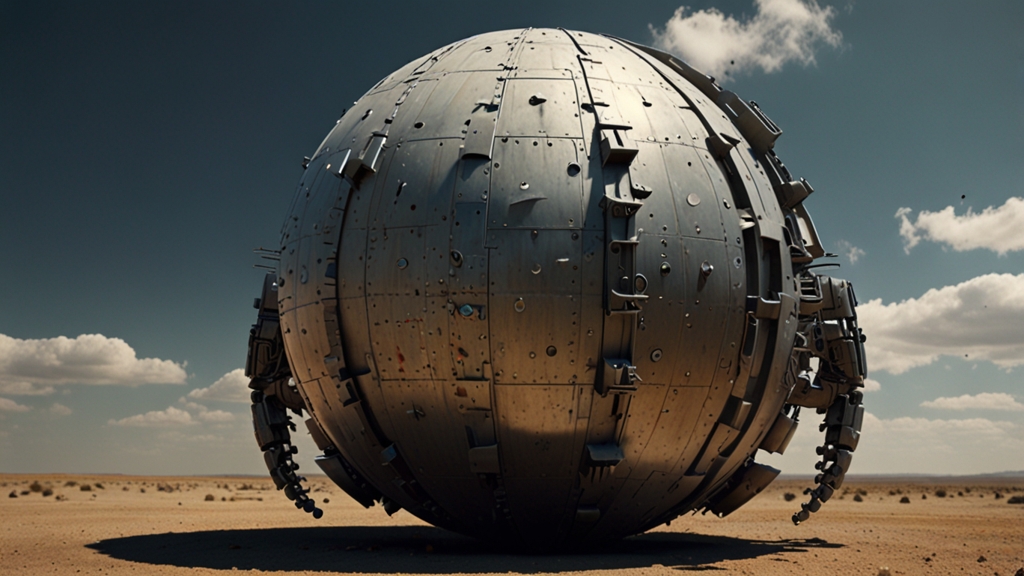The Quantum Realm: How Small Can We Go?
The universe's vastness often captures human imagination, but equally fascinating is the opposite extreme: the minuscule and enigmatic quantum realm. A domain where the rules of classical physics give way to the peculiarities of quantum mechanics, this realm challenges our understanding of reality itself. How small can we go? To answer this, we must delve into the fabric of the universe, exploring particles, waves, and the elusive Planck scale.
Understanding the Building Blocks
In the everyday world, matter is composed of atoms, which in turn are made of a nucleus surrounded by swirling electrons. Go deeper, and the nucleus is found to consist of protons and neutrons, which themselves are made of even smaller particles called quarks. As we journey into these subatomic realms, we encounter entities that defy traditional views of matter. Here, particles can also possess wavelike properties, a duality at the heart of quantum mechanics.
The Uncanny Quantum Behavior
Quantum particles do not adhere to classical logic. They can exist in multiple states at once, be entangled across vast distances, and exhibit probabilistic behavior. This world is governed by the Schrödinger equation, Heisenberg's uncertainty principle, and the wavefunction, which describes the probabilities of a particle's occurrence in different states.
"The more precisely the position is determined, the less precisely the momentum is known in this instant, and vice versa." - Werner Heisenberg on his Uncertainty Principle
The Limit: Planck Length
To understand the smallest scales of existence, scientists turn to the Planck length, approximately 1.6 x 10^-35 meters. This infinitesimal length marks a theoretical boundary; beyond it, conventional physics breaks down, and the effects of quantum gravity become significant. At the Planck scale, spacetime itself is thought to become 'quantized,' potentially described by theories like string theory or loop quantum gravity.
Experimental Frontiers
Despite the brevity of the Planck length, physicists strive to push the limits of particle size and behavior. Large Hadron Collider (LHC) experiments at CERN smash protons together at incredible speeds, revealing fleeting particles that existed only moments after the Big Bang. These experiments aim to bring us closer to understanding the minimal constituents of matter and the interactions that dominate their behavior.
"We are trying to prove that quantum mechanics, including the very concepts of particle and field, does not simply breakdown at scales of distances smaller than the Planck length, but rather becomes modified in a subtle and complex way." - Gerard 't Hooft, Nobel Laureate in Physics
The Implications of the Quantum Realm
The quantum realm is not just an esoteric wonder; it has practical applications that impact our daily lives and future technologies. Quantum computing promises to revolutionize data processing by leveraging superposition and entanglement to perform computations at unprecedented speeds. Quantum cryptography offers unbreakable security for communication based on the principles of quantum entanglement.
Conclusion: A Journey into the Unknown
As we probe deeper into the quantum realm, the boundary between the known and the unknown constantly shifts. Each discovery opens new questions and challenges our grasp of reality. This exploration is not just a quest to find the smallest particles but an odyssey to understand the universe's underlying principles. By investigating how small we can go, we open windows to new realms of science, technology, and philosophy.












